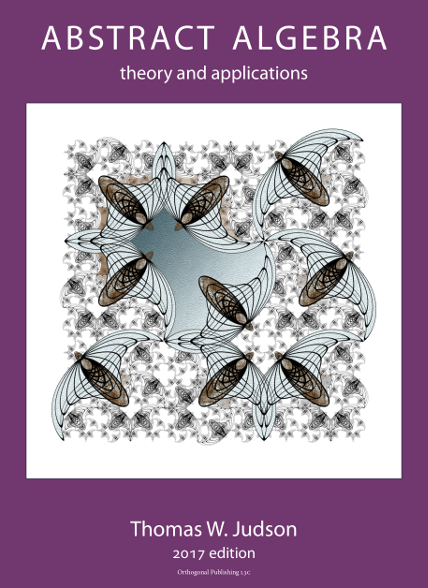ObjectivesGoals
- Identify in context, and use "stack notation" and cycle notation to express, permutations of a finite set.
- Simplify products and determine inverses of permutations to illuminate the structure of \(S_n\text{,}\) the group of permutations of \(n\) symbols.
- Represent any permutation as a product of transpositions, and determine its sign (even/odd).
- Identify how properties of the alternating subgroup \(A_n \lt S_n\) consisting only of even permutations compare to the properties of the full symmetric group \(S_n\text{.}\)
- Discuss the reason why any finite group is "the same" as a subgroup of some symmetric group.
